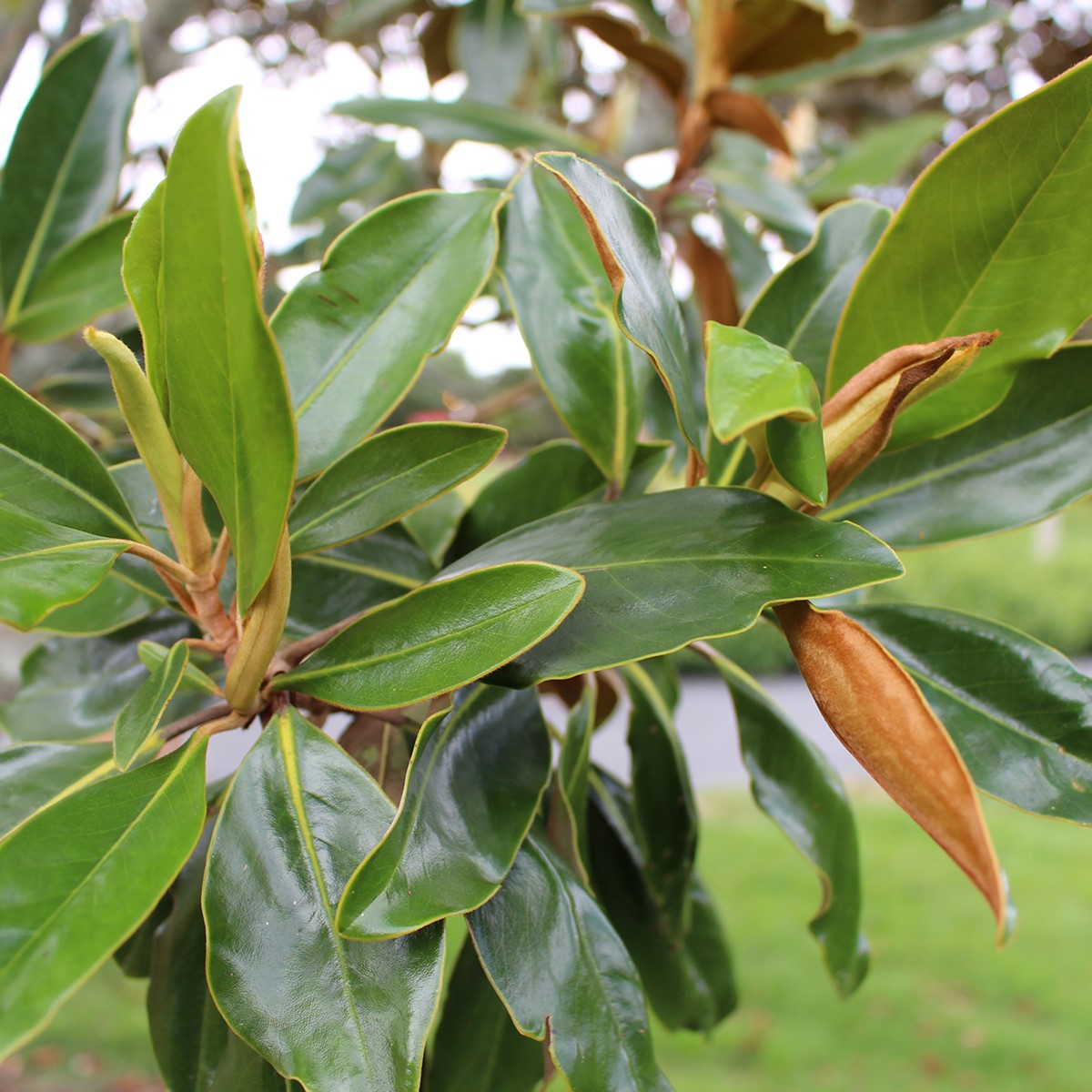Physical characteristics
Flowers and foliage
Preferred site
Prefers
Preparation for planting
With suitable preparation and care,
Prepare the planting site when soil is moist and easily worked, such as after the first rains in spring and autumn. Remove all weeds and incorporate bark, compost or other organic material. Before planting, ensure the root ball is saturated and remove the planter pot with minimal root disturbance. Trim any broken roots and plant at the same level as in the container. Dig a hole twice the diameter of the root ball, press in and water once planted. Planting too closely leads to spindly growth, poor flowering and eventual plant decline. In a well-planned
As shoots begin to grow in spring they may need staking. An increasing number of self-supporting and lower-growing
Maintenance tips
Apply mulch
Divide or take cuttings to revitalise. Dividing the
This plant may require staking to hold up tall growth. In spring, insert four stakes in a rectangle around the plant. Tightly stretch soft square netting over the stakes at a reasonably low level. As the plant grows taller, add another layer of netting as requi
Avoid
Ecological and biodiversity benefits
Nectar source and host for butterflies. Also attracts birds and bees to the garden.
Pests and diseases
Space
Location at Auckland Botanic Gardens
Perennial Garden
Interesting facts and tips
Asters are valuable late-flowering


.jpg?anchor=center&mode=crop&width=1200&height=800&rnd=132106831122230000)
.jpg)
.jpg?anchor=center&mode=crop&width=800&height=500&rnd=132106831067300000)
.jpg?anchor=center&mode=crop&width=800&height=500&rnd=132106831711630000)
.jpg?anchor=center&mode=crop&width=800&height=500&rnd=132106831003830000)
.jpg?anchor=center&mode=crop&width=800&height=500&rnd=132106831122230000)
.jpg?anchor=center&mode=crop&width=1200&height=1200&rnd=131732822304530000)

.jpg?anchor=center&mode=crop&width=1200&height=1200&rnd=132106949760530000)
 .jpg?anchor=center&mode=crop&width=1200&height=1200&rnd=131732822977030000)